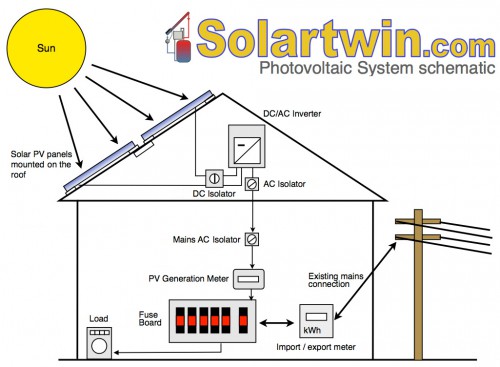In the film Pandora’s Promise, the topic of nuclear power is discussed in both a positive and negative light. At the very beginning of the film, the narrator discusses and shows activists who are against nuclear power to create energy. Activists talk about how dangerous nuclear power is and how is is killing millions of people every year.
Three nuclear disasters are discussed through out the film; the explosions at Fukushima, three mile island, and Chernobyl. Fukushima, as I discussed in a previous blog happened back in 2011 in Japan following a earthquake and tsunami. The narrator discusses the accident and very devastating images are shown of the area and the families living in refugees. Even a year after the accident, everything is still ruined and no one is allowed or wants to live near the region because everything is contaminated with radioactivity. A man interviewed from the refugee said that he didn’t even let his two children play outside for long because of the radioactive waste in the air. When the radioactive meter was shown on the screen while they were in the Fukushima region, the meter read 44 while pointed toward a plant on the street. That is pretty scary.
The majority of the film though is not bashing nuclear power – it is supporting it. One of the sources in the film stated: “to be anti-nuclear is to be in favor of burning fossil fuels.” Although these nuclear accidents caused so much damage and suffering, the narrator explained that the reason why all three of these accidents occurred was because of inadequate cooling in the reactor. Many of the sources throughout the film emphasized that nuclear power does not produce carbon dioxide like fossil fuels do. Global warming is a huge issue and while some people are scared of nuclear energy, there reasoning for being scared isn’t so valid. It was mentioned in the film that there are 3 million deaths a year because of air pollution and fossil fuel plants. There are no deaths from nuclear power plants in the United States. It was also stated that you would get more radiation from eating one banana than if you drank all the water that goes through a nuclear power plant in one day. I found that very interesting and surprising.
Throughout the film, there are images of the radioactivity exposure meter in various locations. This was done to show that no matter where you are there will me natural radioactive exposure. Some regions are more than others, such as higher elevated places or up in a airplane. I was surprised when they showed the meter in Guarapari, Brazil. The soil on the beach showed 30.81 on the meter – while people were covering a man with the sand because they said it helped his pain. That reminded me of Tom Vales’s demonstration when he said that people used to take pills that were radioactive because they thought it helped them.
The explosion on Chernobyl was one of the most shocking to me. The images shown were almost haunting – seeing the abandoned city and everything ruined – not by the explosion but just by time its self. Some of the people refused to leave and were living there still. When interviewed they said that they had been living there for over 25 years and they were completely fine (in terms of health). 56 people died because of the explosion, and later 4,000 more deaths due to disease and cancer.
Although these numbers and accidents are scary, the film discusses that the issue of global warming is due to the burning of fossil fuels. The environmentalist in the film said that he is not worried about nuclear waste. Nuclear weapons are not being used by anyone in the world anymore and the old nuclear weapon accessories are being reused to make energy, which is a very big percentage of our overall energy production.
This film left me off with mixed feelings about nuclear energy. At the beginning of the film I felt completely against it. But more towards the middle and end of the film I was unsure about where I stand on this issue. I would consider myself as an advocate to help stop global warming. I know that fossil fuels produce an abundant amount of carbon dioxide which is contaminating our air. The film persuaded me towards supporting nuclear energy because it doesn’t release carbon dioxide and no one in the United States has died from it (so they say as of 2012). I’m not sure how accurate it is to say that no one has died from nuclear power because if radioactivity is all around us, and being released in accidents than the cause of cancer can be unknown for some people. But in terms of stopping the continuation of global warming I think nuclear energy is the right way to go. Solar and Wind energy were also mentioned in the film but more in a negative light. Yes solar and wind energy are a free source of energy, but it is not always available. Like the female in the film mentioned – you’re not going to depend of the sun to heat your home in the winter instead of oil.
This film was very eye-opening but has only made me more confused about where I stand. I think nuclear energy is a good thing because it helps in terms of global warming, but radioactivity is a scary thing to grasp just because of how dangerous it can be. But I don’t know what is more scary or dangerous, the effects of global warming in the the future, or using nuclear energy now.























